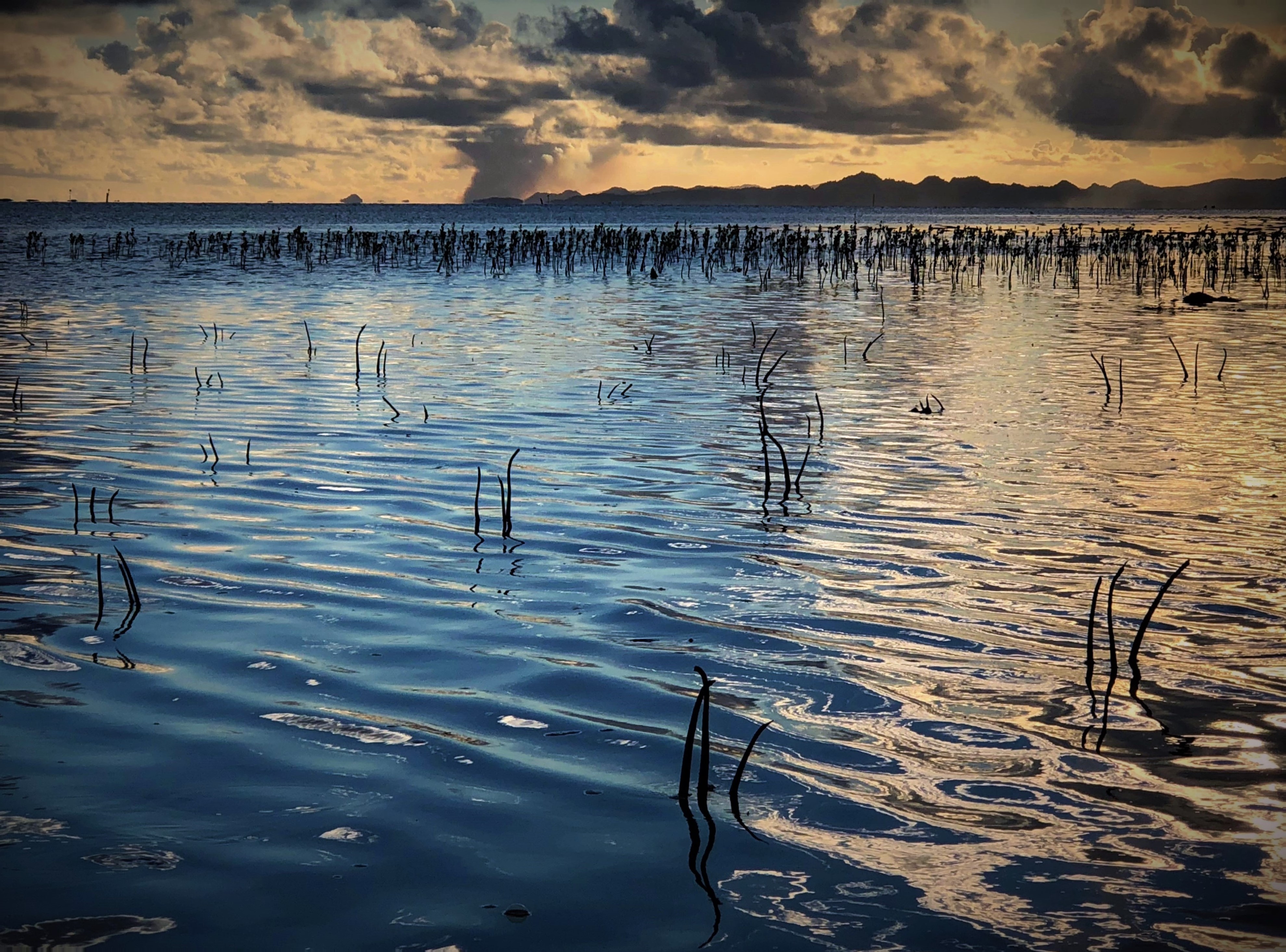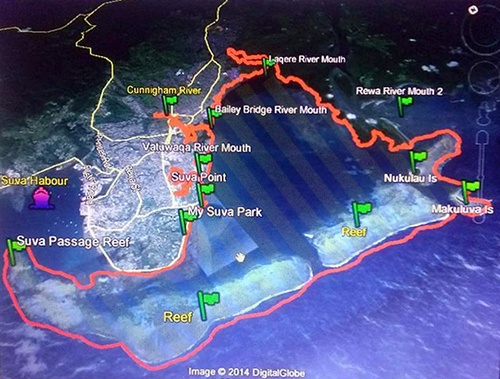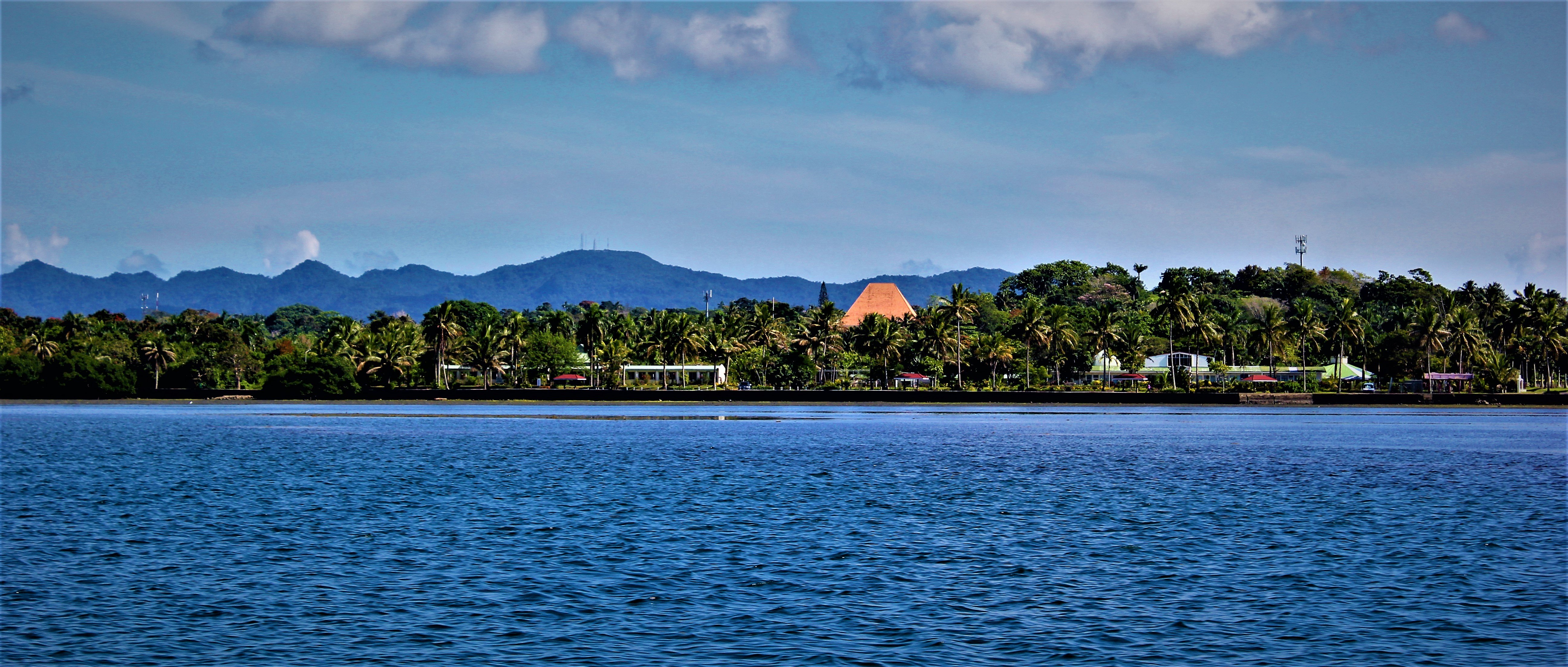The major threats to our oceans are well understood, and include pollution from land based sources.
For a full list of the major threats to our oceans the World Wildlife Fund (WWF) sets them out here and also explains that:
Untreated sewage, garbage, fertilizers, pesticides, industrial chemicals, plastics ... most of the pollutants on land eventually make their way into the ocean, either deliberately dumped there or entering from water run-off and the atmosphere. Not surprisingly, this pollution is harming the entire marine food chain - all the way up to humans.
In this second legal bulletin in the Fiji Marine Pollution Law Series, we consider Fiji’s legal and regulatory framework in relation to marine pollution from land based industrial or commercial activities. For those interested in this area, it should be noted that Mr Filimone Tuivanualevu who is admitted as a barrister and solicitor of the High Court of Fiji, has also published a legal bulletin entitled "How does the law protect rivers in Fiji from pollution?" which can be found here.
In further planned legal bulletins in this series we will consider Fiji's laws in relation to marine pollution from household waste and the potential civil liability that polluters who cause harm may incur based on common law negligence.

Mangroves regenerating along the Suva foreshore and within the area affected by a raw sewage spill and subject to an Environmental Emergency Declaration pursuant to section 40 of the EMA in early 2015
The Environment Management Act
The Environment Management Act 2005 (EMA) which was brought into force on 1 January 2008 is the primary source of regulation for industrial or commercial pollution. EMA's title provides that it is an Act:
For the protection of the natural resources and for the control and management of developments, waste management and pollution control and for the establishment of a National Environmental Council and for related matters.
In addition, and as we will discuss in a future legal bulletin in this marine pollution series, within Fiji's common law system all persons (including companies) who handle industrial pollutants owe a separate onerous duty of care to ensure that dangerous pollutants do not escape and cause foreseeable harm to the environment, persons or property.
Section 2 of the EMA includes the following defined terms:
“environment” means (a) air, land or water, (b) all layers of the atmosphere, (c) all organic or inorganic matter or living organisms, (d) the interacting natural or human system that include components referred to in (a) to (c).
"facility" means a commercial or industrial facility.
“pollutant” means dredged spoil, solid or liquid waste, industrial, municipal or agricultural waste, incinerator residue, sewage, sewage sludge, garbage, chemical waste, hazardous waste, biological material, radioactive materials, wrecked or discarded equipment, oil or any oil residue and exhaust gases or other similar matter.
“pollution incident” means the introduction, either directly or indirectly, of a waste or pollutant into the environment, which results in harm to living resources and marine life, hazards to human health, hindrance to marine activities including fishing and other legitimate uses of the sea, impairment of quality for use of water, air or soil, reduction of amenities or the creation of a nuisance.
Control of industrial/commercial pollution via Permitting process
Part V of the EMA (sections 35 to 41) concerns Waste Management and Pollution Control.
The EMA's primary mechanism to control industrial pollution is to require every facility to have a permit issued by the appropriate officer within the Ministry of Environment. The permit may be issued subject to conditions and in accordance with section 35 of the EMA, unless the facility has been issued with a permit it is an offence to:
discharge any waste or pollutant into the environment; handle, store, process, or control any hazardous substance; produce or generate any waste, pollutant or hazardous substance; or engage in any activity that may have an adverse impact on human health or the environment.
The Ministry of Environment, in accordance with the EMA is required to establish a public register and this should, amongst other things, include publicly available information related to any waste permits that have been issued and include any conditions that the permits have been issued subject to.
The Environment Management (Waste Disposal and Recycling) Regulations made in accordance with the EMA, provides for the issuance of various permits for commercial and industrial facilities including: Solid and Liquid Waste Permits, Livestock Waste Permits, Air Pollution Permits, Plastic Bottle (importation or manufacture), Landfills and Recycling, Waste Collection. These detailed Regulations, amongst other things, prescribe and regulate the issuance of permits, penalties for non-compliance and other matters including consequences for non-compliance.
Part 6 of The Environment Management (Waste Disposal and Recycling) Regulations provide the conditions that attach to permits as well as allowing wide scope to the appropriate officer in the Ministry of Environment to include additional permit conditions. These conditions include:
- more detail about what the permit conditions allow and do not allow
- requirements that the permit holder must comply with aimed at reducing waste and pollution and encouraging recycling
- deemed general conditions that apply to every permit including the right for the appropriate officer from the Ministry of Environment to inspect the facility for compliance with the law.
Pursuant to Regulation 44 the Ministry of Environment has the power in certain circumstances to require an environmental waste bond to be held against the possible costs of rehabilitating the land or environment from the discharge of pollutants or other regulated activity of the facility. This bond should be paid to the Environmental Trust Fund as provided by section 55(1) of the EMA.
Offences and penalties for failing to comply with the EMA and Regulations
A failure by a regulated industry/commercial entity to hold a permit is an offence and may result in various adverse consequences including, but not limited to, liability to inspections and taking remedial actions, and a fine not exceeding $100,000. Breaches of the permit itself may lead to a maximum fine of $10,000 and 2 years in prison.
Further, in situations of non-compliance with the law, the appropriate officer within the Ministry of Environment has statutory powers of inspection and to issue notices demanding compliance as well as the power to issue stop work notices to the non-compliant facility.
Pursuant to the EMA the commission of a pollution offence is a serious matter and section 45 of the EMA sets out the potential penalties for "Pollution offences" and this includes, but is not limited to:
- A maximum penalty for individuals upon conviction for a first offence is $250,000 and/or 3 years imprisonment. For a second or subsequent offence, $750,000 and/or 10 years.
- For a body corporate – 5 times the fine for individuals.
Section 45(2) provides severe punitive consequences for polluters who intend to pollute or who are reckless and whose actions cause a pollution incident which is defined above. Section 45(2) of the EMA provides:
For a person who knowingly or intentionally or with reckless disregard to human health, safety or the environment causes a pollution incident that results in hard to human health or safety, or severe damage to the environment commits an offence and is liable on conviction to a fine not exceeding $1,000,000 and to life imprisonment or both.
In accordance with section 47 of the EMA, and in addition to penalties imposed, the Court may make a range of orders aimed at compelling the offensive act to stop and undertaking restorative or remedial work at the offenders costs.
Section 40 empowers the Minister of Environment to make an Environmental Emergency Declaration. Such a Declaration occurred in early 2015 when there was an incident that led to a massive leak of raw sewage into the Suva harbour area. This is reported on Fiji Village here and in New Zealand's press here.
Any person charged with a pollution offence pursuant to the EMA and in accordance with section 49 may only avoid liability if the facility can establish that:
it took all reasonable measures to prevent the discharge or emission of the waste or pollutant.
Section 50 of the EMA enables those who has suffered loss or personal harm as a result of a pollution incident to institute a civil claim for damages for:
- economic loss resulting from the pollution incident or from activities undertaken to prevent, mitigate, manage, clean up or remedy any pollution incident
- loss of earnings arising from damage to any natural resource
- loss to or of any natural environment or resource
- costs incurred in any inspection, audit or investigation undertaken to determine the nature of any pollution incident or to investigate remediation options
The provisions of section 50 are important to note, and in a subsequent legal bulletin we will specifically consider the potential civil liability of polluters in the common law of negligence. However, in the common law of negligence, amongst other things, the recovery of economic losses and the costs of investigations are not guaranteed hence the codification and clarification of the rights of a victim of environmental pollution is a welcomed development particularly because the costs associated with both a pollution incident and proper investigations can be significant.
Section 51 of the EMA includes the power to hold company directors, officers, employees or agents of the company personally liable if that person:
directed, authorised, assented to, acquiesced in or participated in the commission of the offence also commits the offence, and is liable to the penalty prescribed for the offence, whether or not the corporation has been prosecuted or convicted.
For those who have suffered harm or damage as a result of a pollution incident and consider that the Ministry of Environment is not acting in accordance with its duties, section 54 of the EMA provides:
Any person may institute an action in a court to compel any Ministry, department or statutory authority to perform any duty imposed on it by this Act.
Where harm is caused by the emission of pollutant or waste from a facility and the owner cannot be located or is not known, a charge for an offence or a claim under the EMA may be initially instituted in the name of that facility until the owner is identified.
While not strictly related to Marine Pollution, residents of towns and cities may be interested to note that Regulation 21(2) of The Environment Management (Waste Disposal and Recycling) Regulations provides:
A person who intentionally burns household garbage in a municipality area commits and offence, unless the local authority has a permit that covers the resulting emission. Penalty: $10,000
Concluding remarks
Section 40 of Fiji’s Constitution provides that:
Every person has the right to a clean and healthy environment, which includes the right to have the natural world protected for the benefit of present and future generations through legislative and other measures.
This inclusion and wording of section 40 of Fiji's Constitution illustrates that incidents of pollution may interfere with the guaranteed rights of Fiji citizens.
In the event that members of the public witness a pollution incident in process, meaning "the introduction, either directly or indirectly, of a waste or pollutant into the environment" then the appropriate agency to report this to is the Ministry of Environment. This report should provide as much detail as possible about the pollution incident and if practical include photographs taken of the pollution incident and any details about date/time/place/persons involved and details of any other witnesses.
While the Ministry of the Environment is the primary agency tasked with the control and regulation of industrial pollution, if the incident involves the discharge of a pollutant into the marine environment then other government and enforcement agencies may need to involved, including but not limited to: the Ministry of Fisheries, the Ministry of Lands (particularly in relation to the foreshore), MSAF, the police, the relevant local authority and possibly the Ports Authority of Fiji.
Due to the complex nature of pollution incidents and the public health implications there is a need for a coordinated and collaborative approach to dealing with industrial pollution coordinated by the lead agency - the Ministry of Environment who controls the information relating to what activities may or may not be permitted in accordance with the EMA and its Regulations.

Map of area declared to be subject to an Environmental Emergency Declaration in 2015. Source: Fiji Village.
This legal bulletin is not, and should not be relied on as, legal advice. It is provided for information purposes only.



